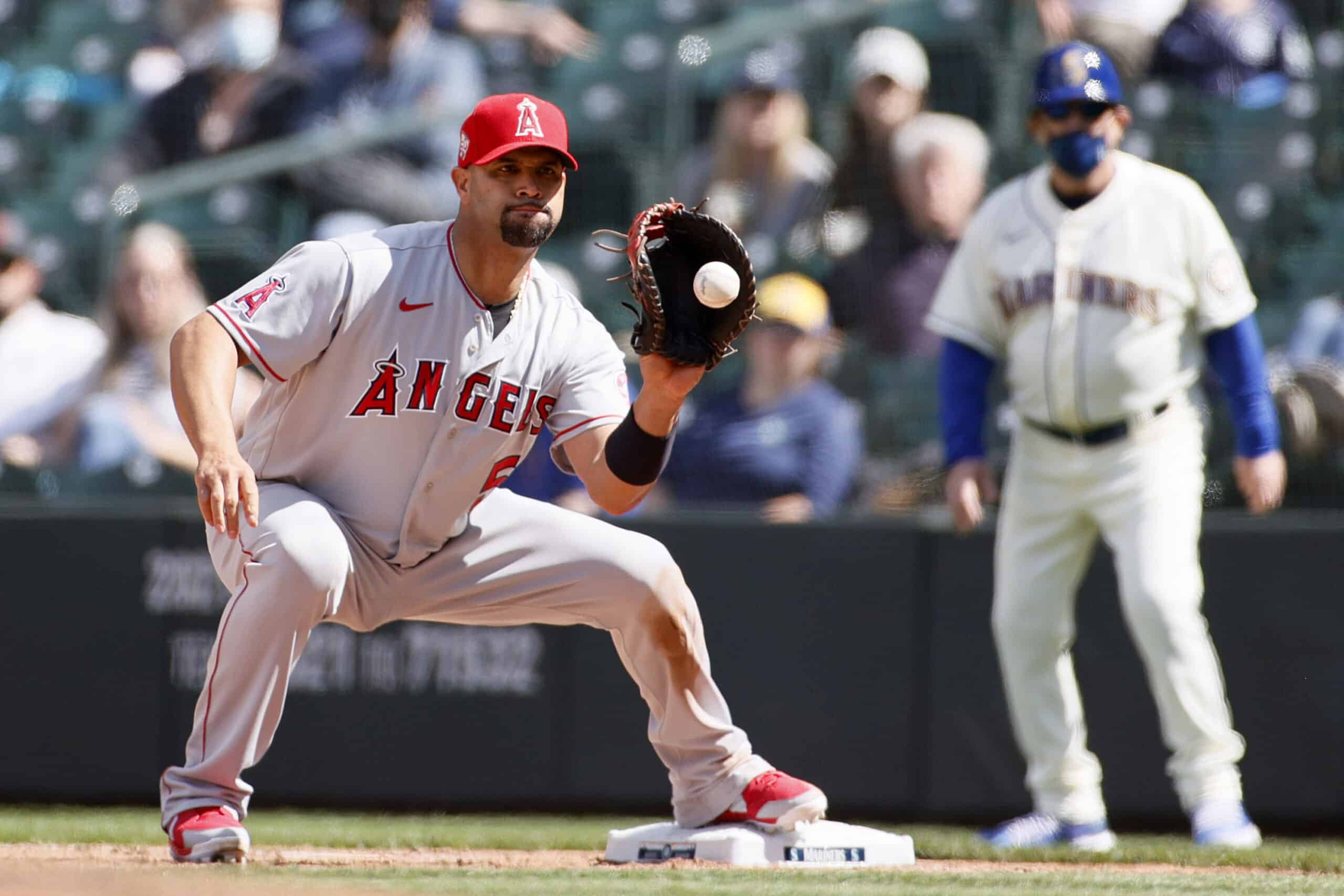
The Los Angeles Angels shocked MLB by winning the 2002 World Series against Barry Bonds’ San Francisco Giants, and remained a very competitive team after that.
In 2003, they were acquired by businessman Arte Moreno.
After a third-place finish in the American League West that year, they took the division in five of the next six seasons, an impressive stint in the history of the franchise.
The team then finished third in 2010 and second in 2011.
Moreno wanted to make a statement, and Albert Pujols, the All-Star slugger of the St. Louis Cardinals, was a free agent.
Albert Pujols (in his prime) was likely the best right handed hitter I’ve ever seen. #Angels #Cardinals
— 🌮 (@TacoSalazar) May 3, 2018
An Established Star In His Prime
He was fresh off leading the Cards to a second World Series title in a stint of six seasons: 2006 and 2011.
Pujols was 31 at the time, still theoretically in his prime, and hit .299/.366/.541 with 37 home runs, 105 runs, and 99 RBI in 147 games.
It was clear he would require a massive commitment to sign, and that’s what happened.
He inked a 10-year, $240 million deal with the Angels.
Fast forward a decade, and now we know Pujols started to decline earlier than anticipated, and he was a below-average hitter by the second half of the Angels contract.
We use wRC+ (weighted Runs Created Plus) to determine a player’s offensive contributions, adjusted to era, park, and other factors.
The metric uses 100 as the average: Pujols peaked at 184 with the Cardinals (two times), and was usually between 140 and 170.
During his first season in Los Angeles, in 2012, he hit .285/.343/.516 with 30 homers and a 133 wRC+.
That was his best year in LA.
He started declining after that and was a bit above-average in 2016, with a 110 wRC+.
The ugly part of his decline started in 2017 (77 wRC+).
He was never over 90 wRC+ again.
Was that contract a mistake by the Angels?
That question is somewhat complex to answer.
It’s easy for all of us to say that with Monday’s newspaper, but at the time, signing one of the finest hitters on the planet sounded like a good idea.
The Deal Was Far Too Long
The problem for the Angels was the length of the commitment: they decided to pay a 31-year-old first baseman until he was 41.
The structure of the deal was also painful to endure in the latter years of the contract, which is when Pujols was at his worst.
He earned $12 million in his first year in LA and $16 in his second.
After that, an increasing salary scale would start at $23 million, and would go up one million per year until reaching $30 million in 2021.
From 2014 to 2019, Pujols was among the 10 highest-paid players in MLB, and the on-field production certainly didn’t justify that investment.
The situation got to the point in which the Angels designated him for assignment early in 2021 and released him a few days later, in May.
He ended up signing with the Los Angeles Dodgers.
Was the Angels’ deal a mistake?
It’s hard to say, because he was so good at the time and was at a perfect age to keep producing for at least several more seasons.
Things didn’t work out, and if the Angels regret one thing, it’s the length of the deal.
At least Pujols mentored a rising star on the Angels’ roster: Mike Trout.
No doubt in my mind, #Angels will regret both Pujols and Hamilton contracts.
— Mike Greenberg (@Espngreeny) December 14, 2012
The contract per se, however, was rough and hard to endure for fans.
NEXT: 3 Players The Angels Can Sign After The Lockout






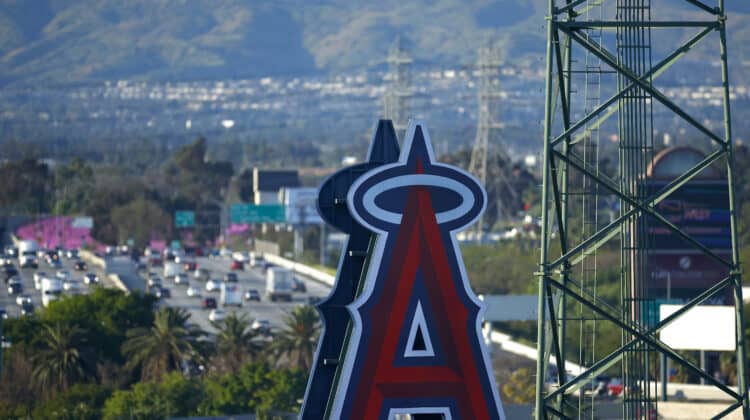
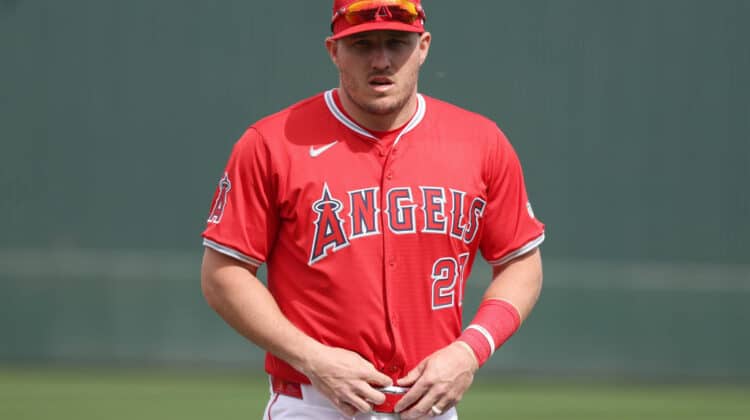
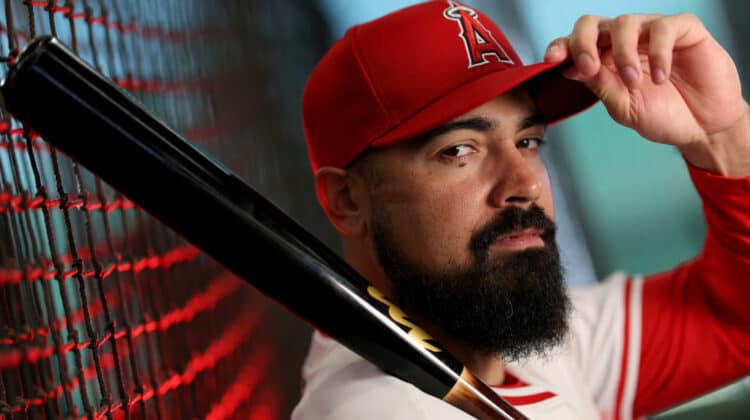
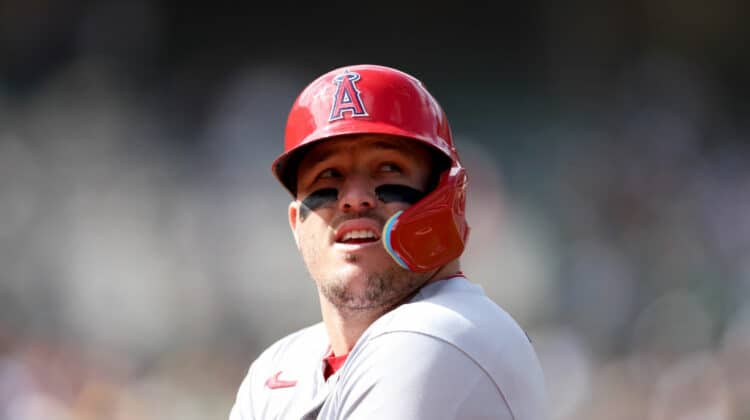
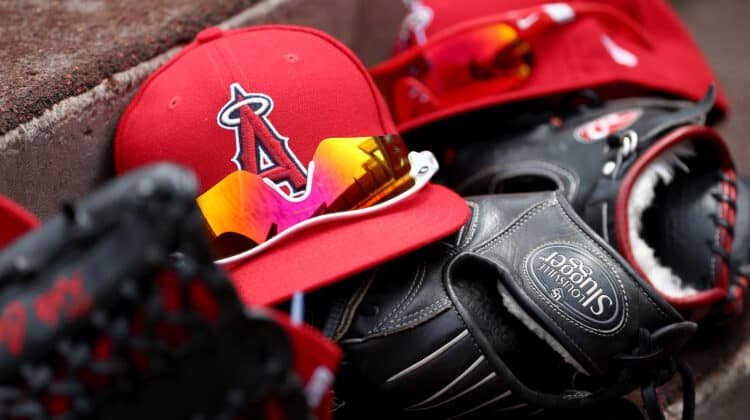
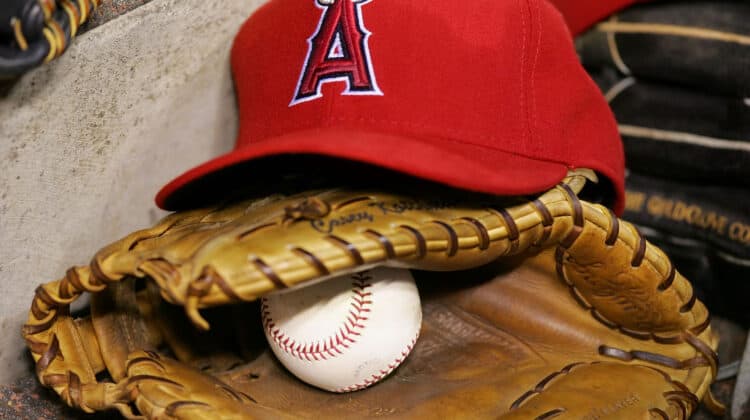
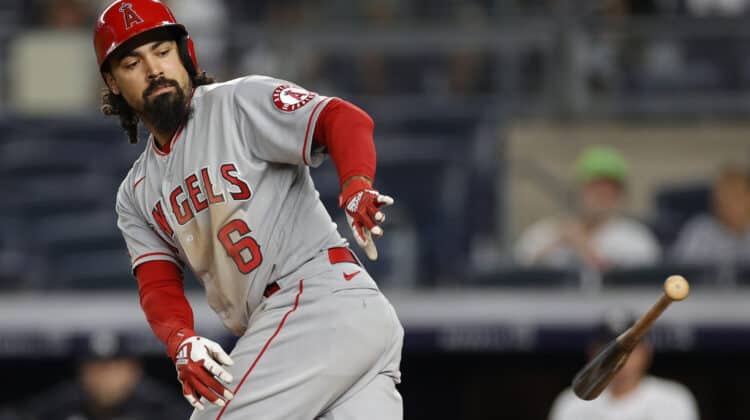
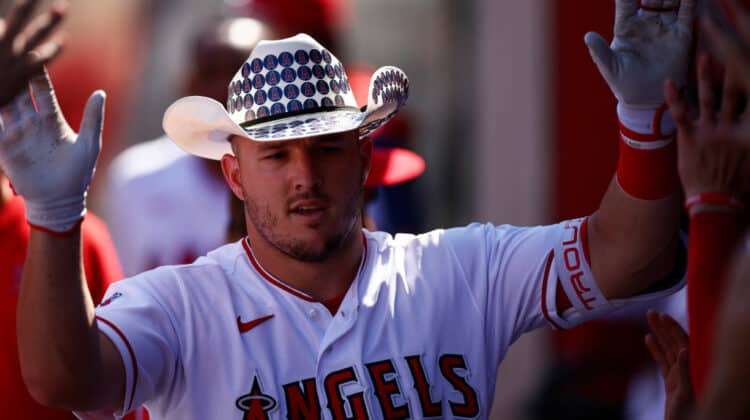
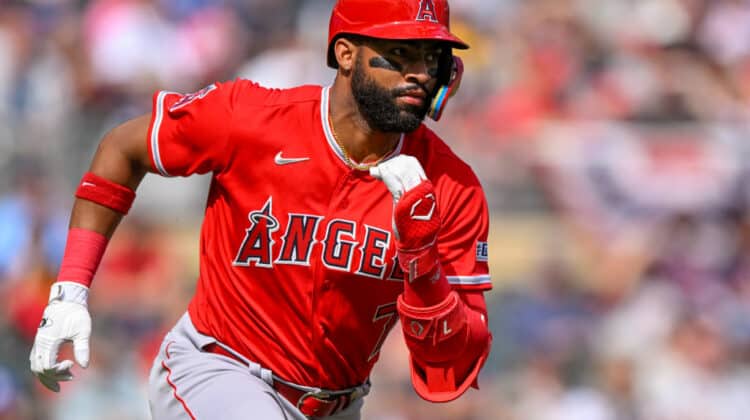
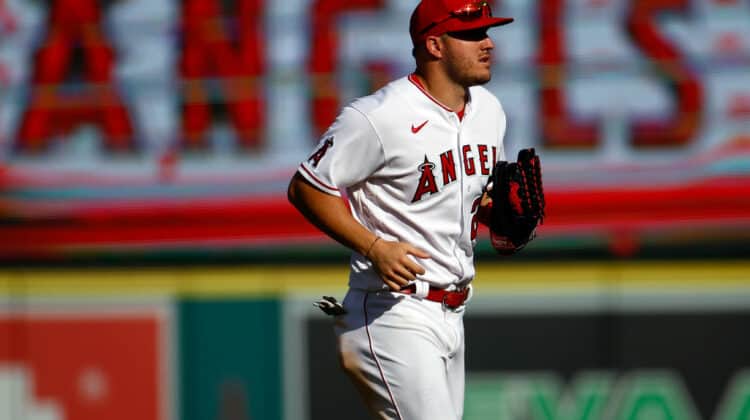
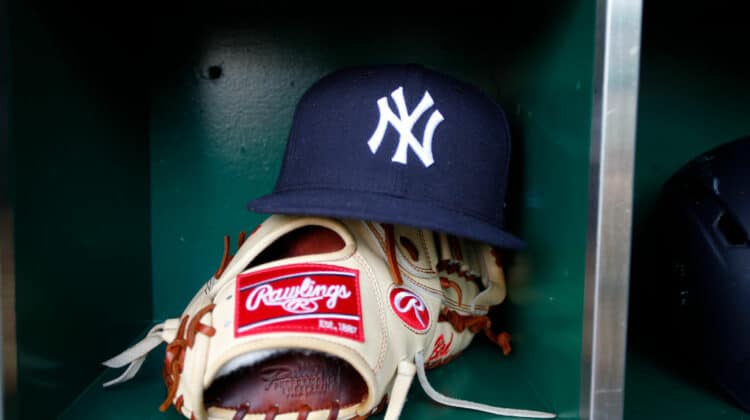
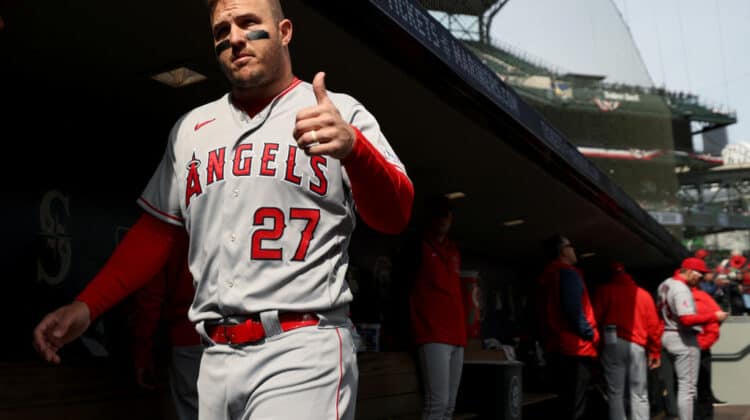
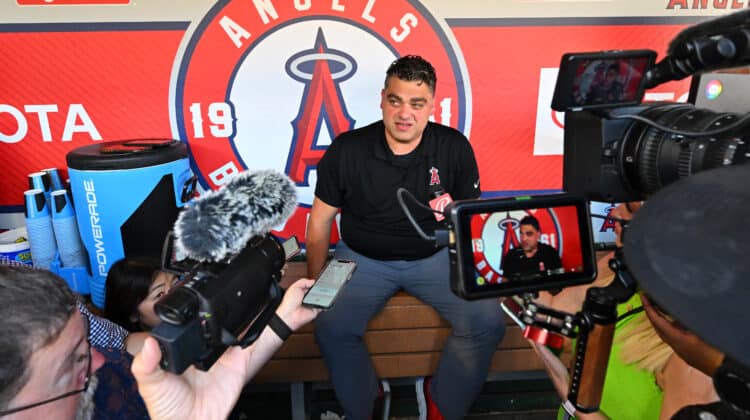

The public reason for a high priced player is to win championships………they failed at that.
The private reason for a high priced player is owner income (ticket sales, broadcasting rights, etc.)….that I don’t know.